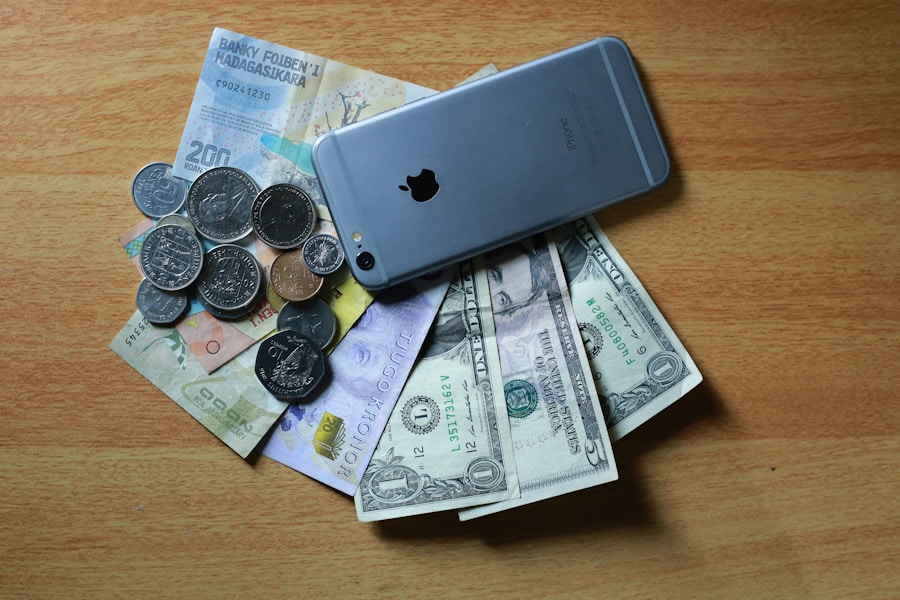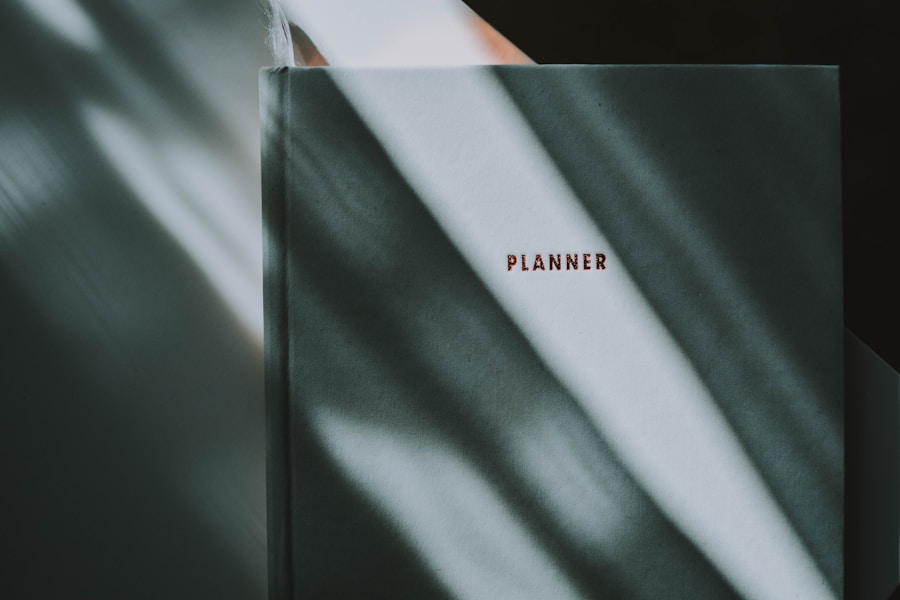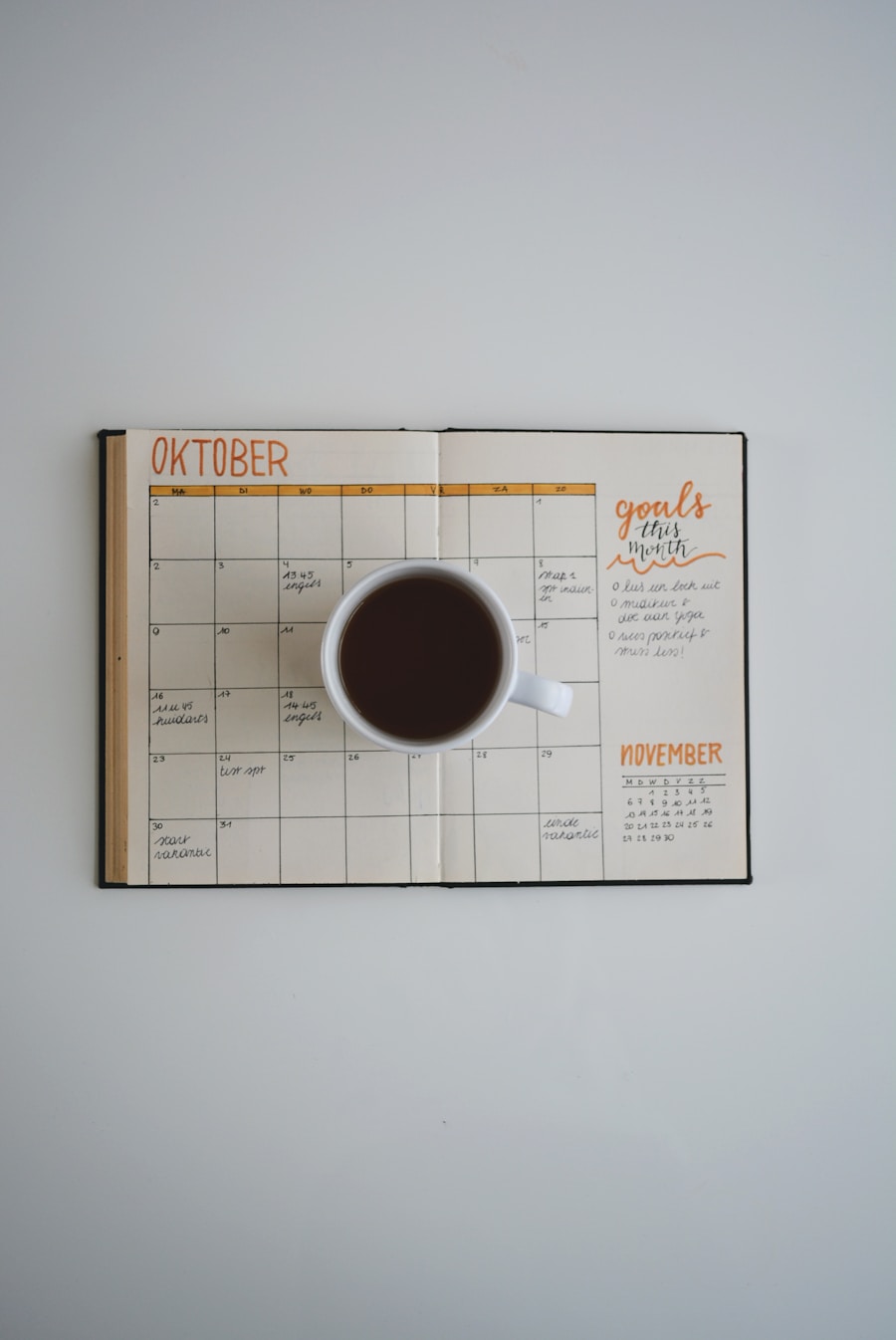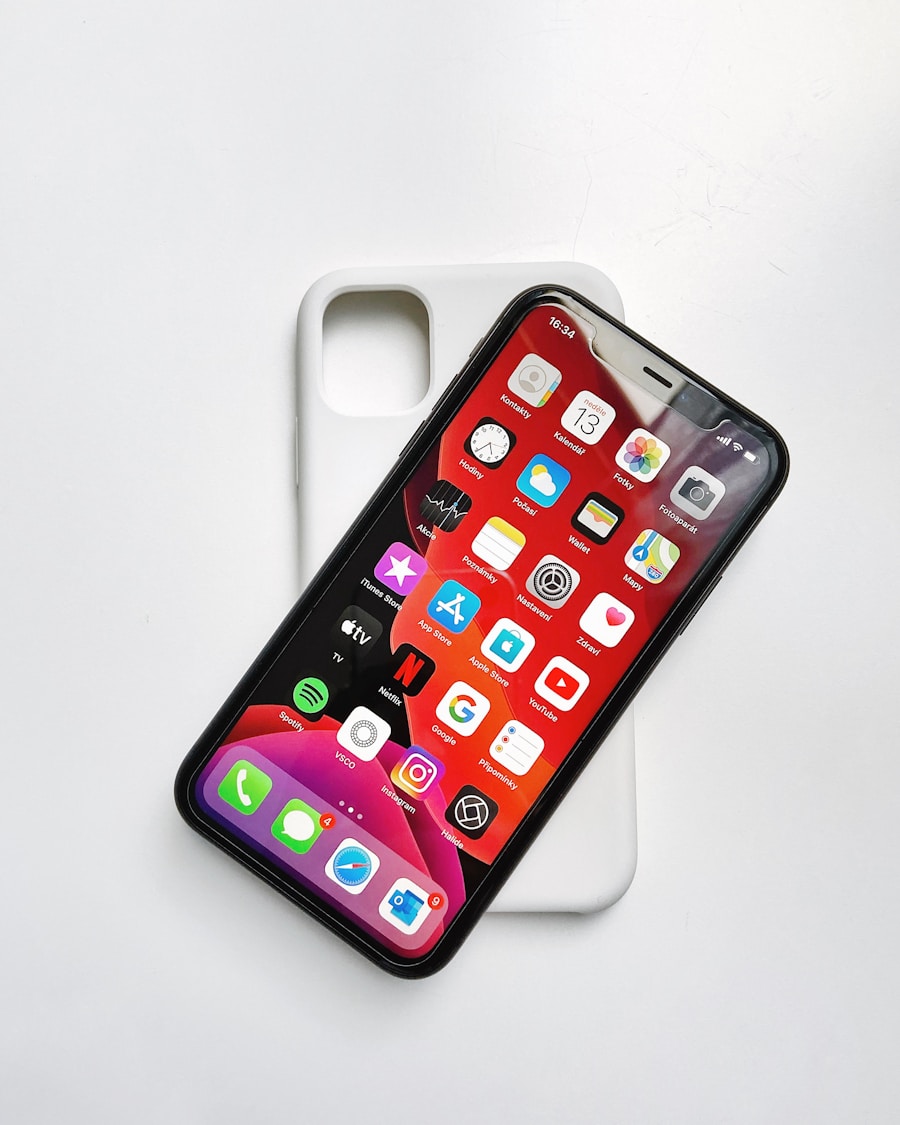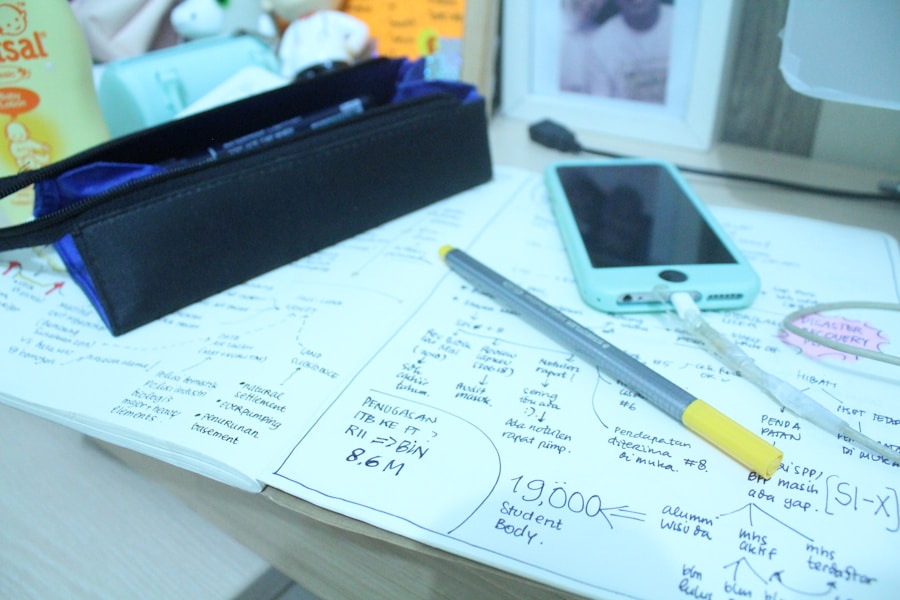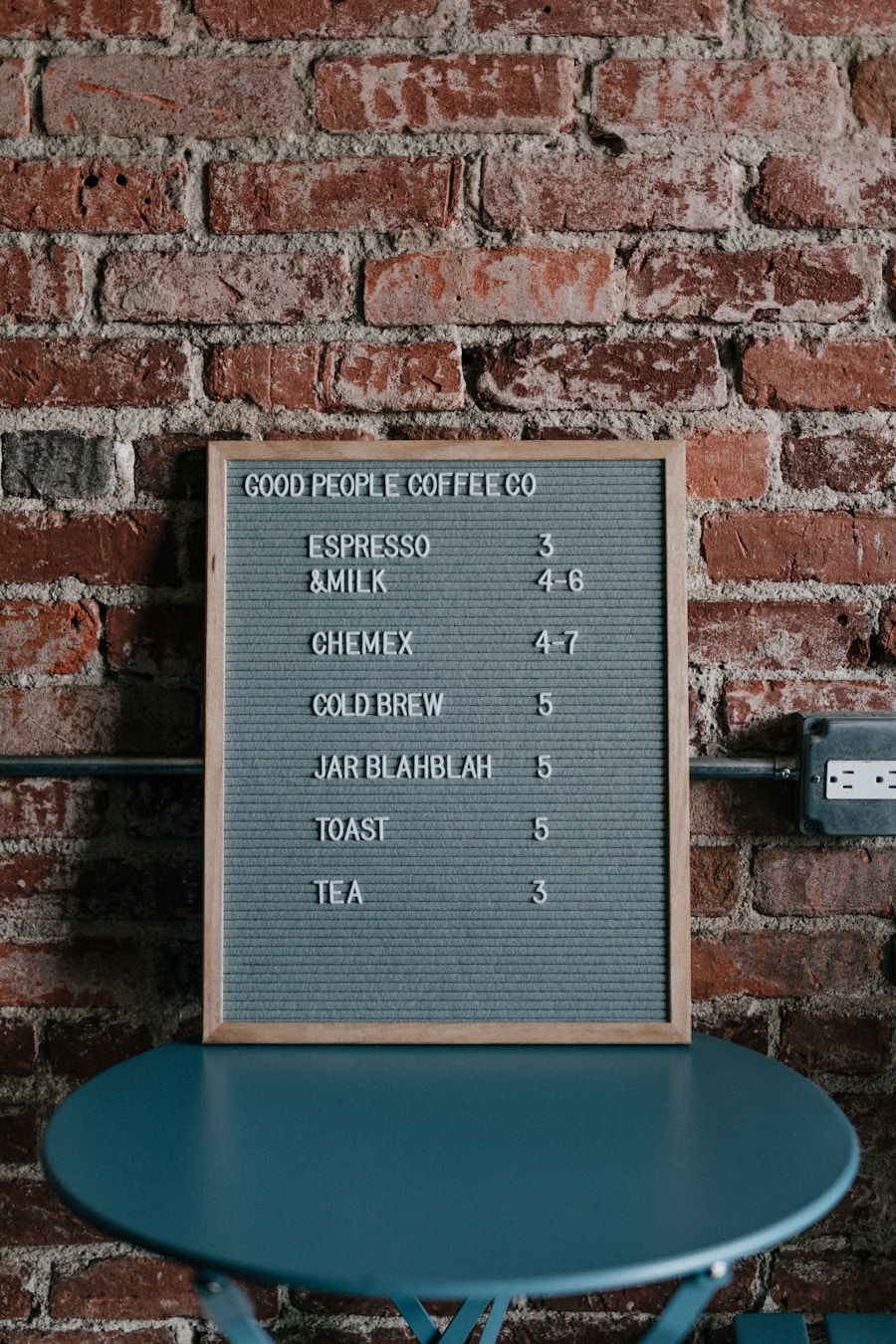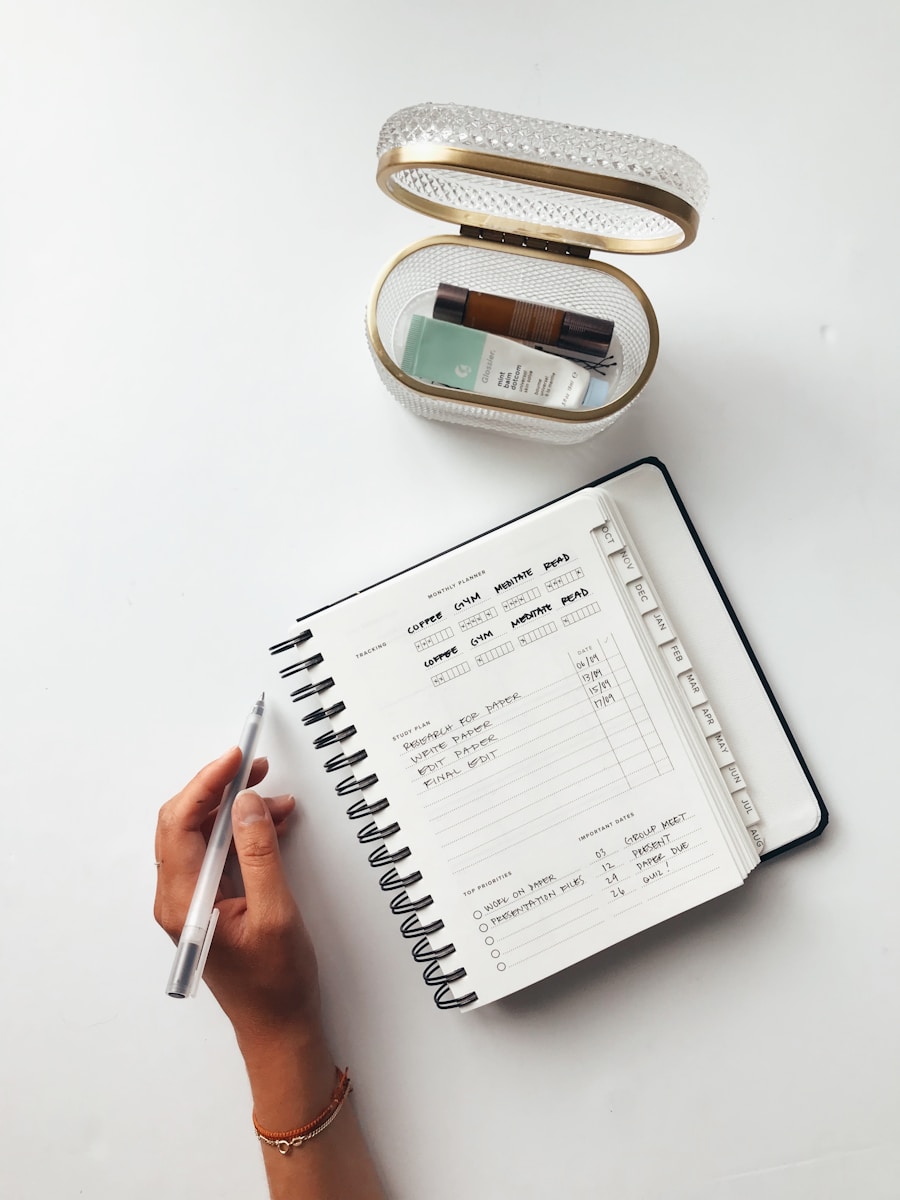In an era where financial literacy is paramount, the Mint Budget App has emerged as a powerful tool for individuals seeking to take control of their finances. Launched in 2006 and acquired by Intuit in 2009, Mint has established itself as a leading personal finance management application. It offers users a comprehensive platform to track their spending, create budgets, and manage their financial goals.
The app’s user-friendly interface and robust features make it accessible to both novice budgeters and seasoned financial planners alike. With the increasing complexity of personal finance, tools like Mint are not just helpful; they are essential for anyone looking to achieve financial stability and growth. Mint operates on the principle that knowledge is power.
By providing users with a clear view of their financial situation, it empowers them to make informed decisions about their money. The app aggregates data from various financial accounts, including bank accounts, credit cards, loans, and investments, allowing users to see their entire financial landscape in one place. This holistic view is crucial for understanding spending habits, identifying areas for improvement, and ultimately achieving financial goals.
As we delve deeper into the features and functionalities of the Mint Budget App, it becomes evident why it has garnered millions of users worldwide.
Key Takeaways
- Mint Budget App is a popular personal finance tool that helps users track their expenses, create budgets, and set financial goals.
- The app offers features such as expense tracking, bill payment reminders, credit score monitoring, and investment tracking, providing users with a comprehensive view of their financial health.
- To use Mint Budget App, users need to sign up for an account, link their bank and credit card accounts, and categorize their transactions to get a clear picture of their spending habits.
- Setting up budgets and goals with Mint Budget App is easy, allowing users to customize their spending limits and savings targets based on their financial priorities.
- The app also provides tips for maximizing its use, such as setting up alerts for overspending, reviewing financial trends, and taking advantage of personalized money-saving suggestions.
Features and Benefits of Mint Budget App
One of the standout features of the Mint Budget App is its ability to automatically categorize transactions. When users link their bank accounts and credit cards, Mint analyzes spending patterns and assigns categories such as groceries, entertainment, and utilities. This automatic categorization saves users time and effort while providing valuable insights into where their money is going.
For instance, a user might discover that they are spending significantly more on dining out than they had realized, prompting them to adjust their habits accordingly. Another significant benefit of Mint is its budgeting capabilities. Users can set specific budgets for different categories based on their income and spending habits.
The app provides visual representations of budget performance, such as color-coded graphs that indicate how much of the budget has been spent versus what remains. This visual feedback can be incredibly motivating, encouraging users to stick to their budgets and make adjustments when necessary. Additionally, Mint sends alerts when users are nearing their budget limits or when unusual spending patterns are detected, further enhancing financial awareness.
How to Use Mint Budget App
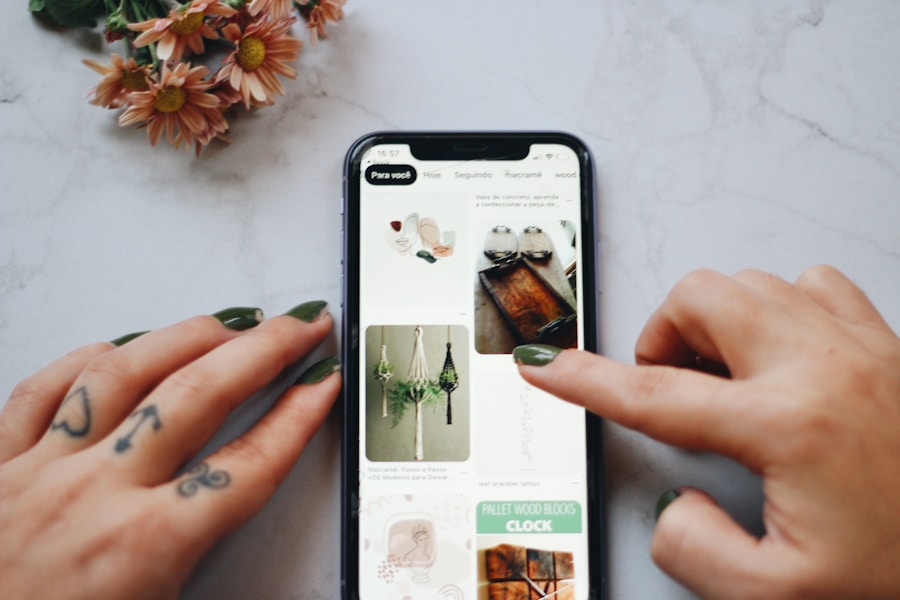
Getting started with the Mint Budget App is a straightforward process that requires minimal technical expertise. After downloading the app from the App Store or Google Play, users can create an account using their email address or sign in with an existing Intuit account. The initial setup involves linking various financial accounts, which can include checking accounts, savings accounts, credit cards, and investment accounts.
Mint uses bank-level encryption to ensure that sensitive information remains secure during this process. Once the accounts are linked, Mint begins to aggregate transaction data automatically. Users can then explore the app’s dashboard, which provides an overview of their financial health at a glance.
The dashboard displays key metrics such as total income, total expenses, and net worth, along with visual representations of spending by category. This immediate access to financial data allows users to quickly assess their situation and make informed decisions about their budgeting and spending habits.
Setting Up Budgets and Goals with Mint Budget App
Setting up budgets within the Mint Budget App is a critical step toward achieving financial goals. Users can create budgets for various categories based on historical spending data or personal preferences. For example, if a user typically spends $300 on groceries each month, they can set a budget for that category accordingly.
Mint also allows users to adjust budgets dynamically; if they find that they consistently overspend in one area while underspending in another, they can reallocate funds as needed. In addition to budgeting, Mint enables users to set specific financial goals. These goals can range from saving for a vacation to paying off debt or building an emergency fund.
Users can specify target amounts and timelines for each goal, and Mint tracks progress toward these objectives over time. This feature not only helps users stay focused on their financial aspirations but also provides motivation through visual progress indicators. For instance, seeing a percentage completion bar for a savings goal can encourage users to continue saving diligently.
Tracking Expenses and Income with Mint Budget App
Tracking expenses and income is at the heart of effective budgeting, and the Mint Budget App excels in this area. As transactions occur in linked accounts, they are automatically recorded in the app, allowing users to monitor their spending in real-time. This feature eliminates the need for manual entry, which can be tedious and prone to errors.
Users can also add cash transactions manually if needed, ensuring that all expenses are accounted for. Mint categorizes these transactions based on user-defined categories or its own algorithms, providing insights into spending patterns over time. Users can view detailed reports that break down expenses by category or time period, enabling them to identify trends and make informed decisions about future spending.
For example, if a user notices a spike in entertainment expenses during a particular month, they might choose to cut back in that area in subsequent months to stay within budget.
Tips for Maximizing the Use of Mint Budget App

To fully leverage the capabilities of the Mint Budget App, users should consider several best practices. First and foremost, regular engagement with the app is essential. Users should make it a habit to check their budgets and expenses weekly or even daily to stay informed about their financial status.
This consistent monitoring helps reinforce good spending habits and allows for timely adjustments when necessary. Another tip is to customize categories according to personal preferences. While Mint provides default categories for common expenses, users can create custom categories that better reflect their unique spending habits.
For instance, someone who frequently travels might want to create a separate category for travel-related expenses. This level of customization enhances the relevance of the data presented in the app and makes it easier for users to track specific areas of interest.
Security and Privacy of Mint Budget App
Security is a paramount concern when it comes to managing personal finances through an app like Mint. The developers have implemented robust security measures to protect user data from unauthorized access. Mint employs bank-level encryption protocols to safeguard sensitive information during transmission and storage.
Additionally, users are encouraged to enable two-factor authentication (2FA) for an added layer of security when logging into their accounts. Privacy is also a critical aspect of using the Mint Budget App. Users retain control over what information they share with the app and can choose which accounts to link or disconnect at any time.
Furthermore, Mint does not sell user data to third parties or use it for advertising purposes without explicit consent. This commitment to privacy helps build trust among users who may be hesitant about sharing sensitive financial information online.
Conclusion and Final Thoughts on Mint Budget App
The Mint Budget App stands out as a comprehensive solution for individuals seeking to manage their finances effectively. With its array of features designed for budgeting, expense tracking, and goal setting, it empowers users to take charge of their financial futures. The app’s intuitive interface makes it accessible for users at all levels of financial literacy while providing advanced tools for those who require more detailed analysis.
As personal finance continues to evolve in complexity, tools like Mint will play an increasingly vital role in helping individuals navigate their financial journeys. By leveraging its capabilities effectively—through regular engagement, customization of categories, and adherence to security best practices—users can maximize their experience with the app and work toward achieving their financial goals with confidence. Whether one is looking to save for a dream vacation or simply gain better control over monthly expenses, the Mint Budget App offers the resources necessary for success in today’s fast-paced financial landscape.
If you are looking for a budgeting app to help you manage your finances, Mint is a great option. However, if you want to explore other personal finance apps, you should check out this article on the top 3 personal finance apps you need now. This article provides a comprehensive overview of different apps that can help you track your spending, save money, and reach your financial goals. It’s always good to explore different options before settling on one budgeting tool.


